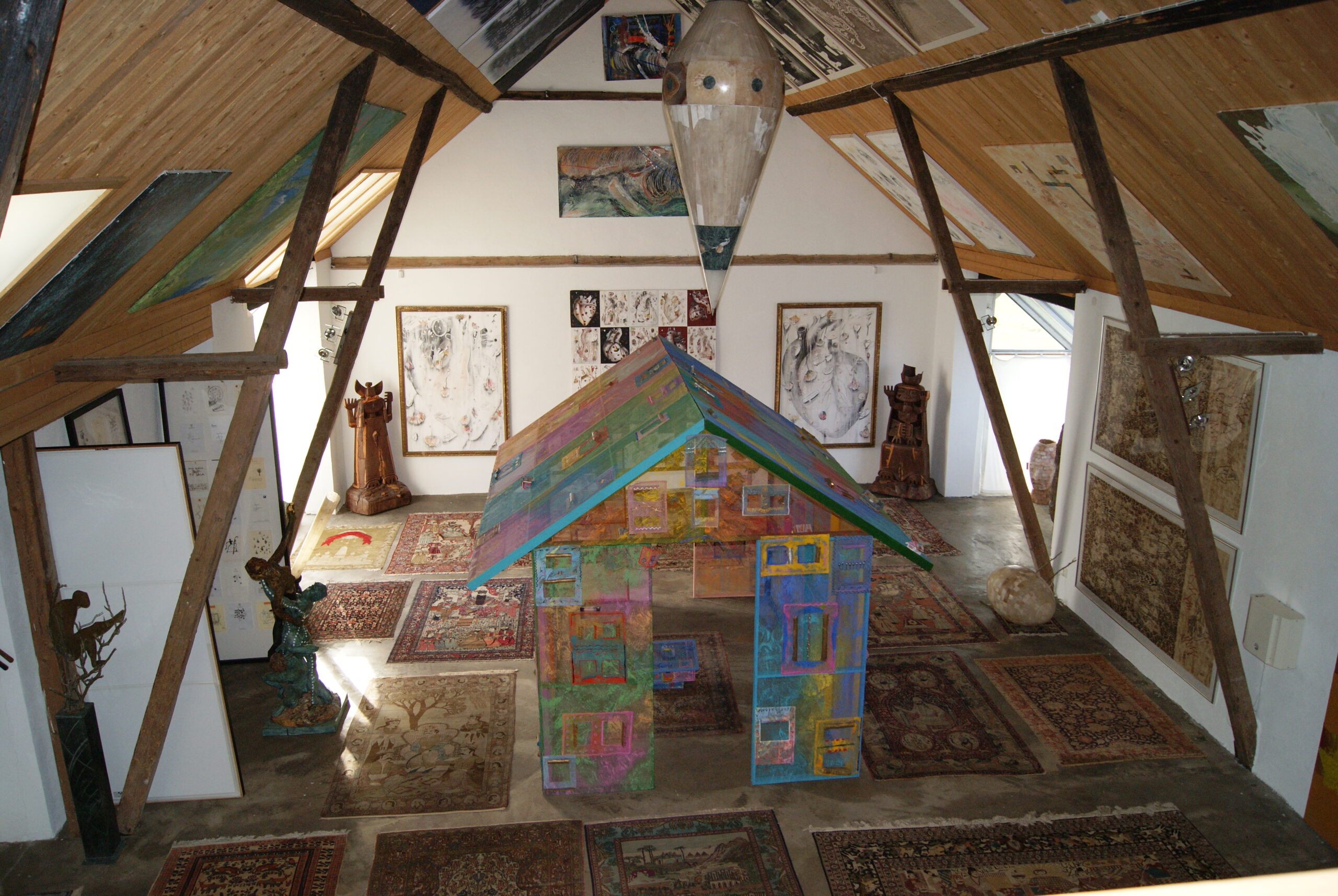London – Christie’s is pleased to announce the auction of A Private Collection donated to benefit the University of Oxford on Thursday 26 April. The full sale proceeds will benefit the University of Oxford and the Bodleian Libraries, where they will be used to fund a chair in Sasanian studies. The collection comprises approximately 50 lots consisting of works of art on paper from the Islamic and Indian worlds – calligraphic works, Qur’ans and Indian miniatures – and is expected to raise in the region of £2 million. This is a great opportunity for collectors to acquire extraordinary works and contribute to this philanthropic endeavor, supporting the world-renowned University of Oxford.
William Robinson, Director of the Islamic Art Department, Christie’s comments:
“We are thrilled to have been entrusted to realise the charitable aim of this generous collector. Christie’s Department of Islamic Art is proud to support academic excellence and development of studies in this field. This is a hugely impressive group of works of art which includes a number of world-class masterpieces, notably the extraordinary Yaqut manuscript, and many are types that rarely come onto the market. This is an outstanding opportunity for people to end up with wonderful works of art on their walls and at the same time support this hugely important cause.”
Richard Ovendon, Deputy Director, Bodleian Libraries, University of Oxford, comments:
“The sale of this collection will have a transformative effect on the study of the arts of the book in Oxford, allowing a new generation to appreciate the riches of the Bodleian’s historic collections of Persian manuscripts and calligraphy. The funds generated by the sale will not only support academic teaching and research at Oxford, but will enable scholars and students from all over the world to benefit from the curatorial support of the Bodleian that the donor’s generosity will enable. Thanks to this benefaction, Oxford will create a new academic position in Sasanian Studies. This will be the only post in the United Kingdom in this important period in Iran’s history and culture, and its creation will allow Oxford to train future generations of scholar in this hitherto neglected field.”
The works on paper span a millennium – dating from the 9th century to the 19th century. The leading highlight is a rare and important Mufradat manuscript, copied by the master calligrapher Yaqut al-Musta’simi and estimated at £800,000 to £1.2 million. A Mufradat is an unusual work where a calligrapher demonstrates the perfect formation of each letter. Yaqut al-Musta’simi is the leading figure of the 13th century Baghdad school and considered to be the most influential Islamic calligrapher. Other important examples of calligraphy include a Qur’an written entirely in gold from 16th century Safavid Herat or Bukhara (estimate: £200,000-300,000) and a blue Qur’an folio from 9th century Kairouan (estimate: £150,000-250,000). The Indian miniature section is led by an illustration from Zafarnama, a history of the post-Mongol conqueror Timur, showing the emperor enthroned (estimate: £30,000-50,000) and a victorious allegorical portrait of the emperor Jahangir dating from the 17th century (estimate: £60,000-80,000).



 Saving...
Saving...